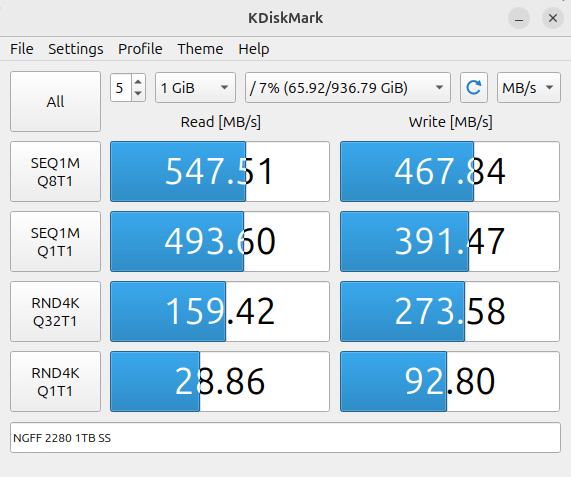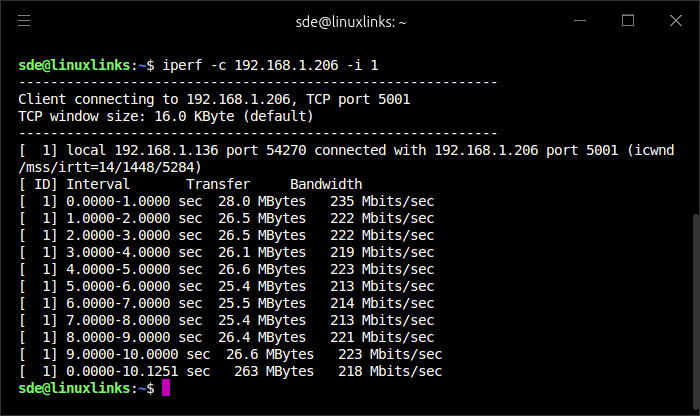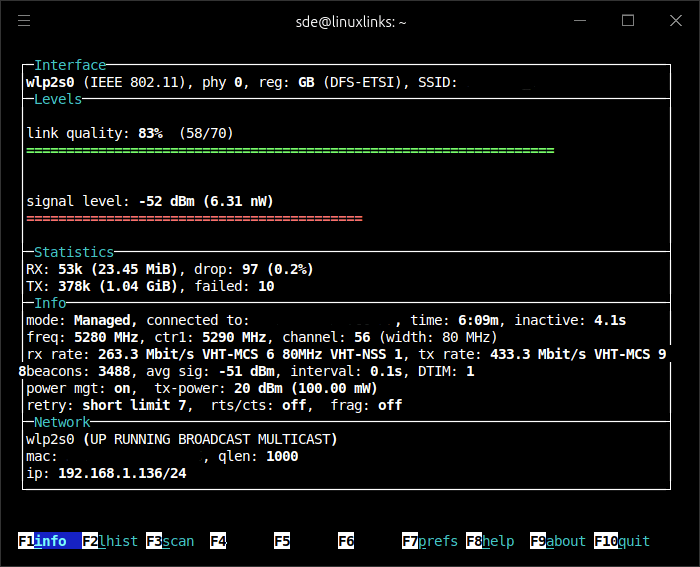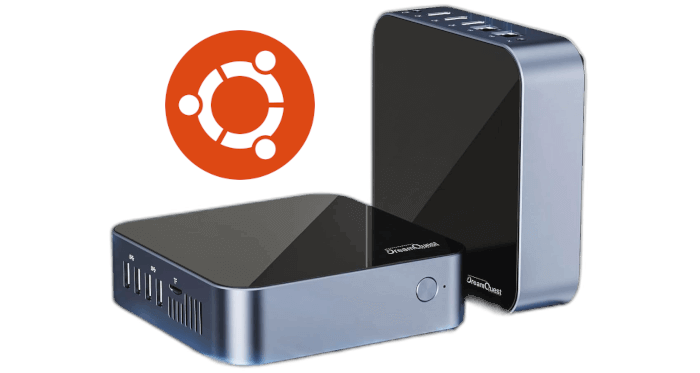Disk Benchmark
The DreamQuest N95 has a 1TB KingDian SSD. It has the M.2 2280 Form Factor.
We tested the drive with KDiskMark, a free and open source graphical frontend to Flexible I/O. The software provides an easy to view and interpret comprehensive benchmark result.
Here are the results for the 1TB SSD.

The M.2 SSD’s performance is about average for an SSD, but much slower compared to many mini PCs. We’re not familiar with the KingDian brand, but whatever the reliability of a drive, you should always perform regular backups. If you value your data, make sure you backup on a regular basis whatever the disk manufacturer.
WiFi
We generally prefer network connections over ethernet rather than Wi-Fi. And the DreamQuest has dual 1G ethernet. That’s a big advantage.
But Wi-Fi does has some advantages over ethernet. There’s no wire clutter, and you can connect anywhere in your home. Almost all modern devices can connect to Wi-Fi from desktops to smartphones. And you can have many devices connected and streaming simultaneously.
To test typical day-to-day performance, we placed the DreamQuest on a different floor to our router. That’s intended to mirror a fairly representative setup for home Wi-Fi systems where it’s not convenient to locate a PC fairly close to the router.
Here are performance statistics using the iperf utility. The local machine (IP 192.168.1.206) is connected to the router via wired ethernet.

The DreamQuest’s WiFi transfer speed is roughly what we expected for a machine with WiFi5 2.4/5.0. We weren’t expecting stellar performance compared to the WiFi performance of say an Intel NUC 13 Pro Mini PC with its superior Wi-Fi 6E AX211 (Gig+), but at least the DreamQuest’s WiFi is better than the FIREBAT N100 we recently tested.
The DreamQuest automatically connects to the 5 GHz band, as confirmed by wavemon’s output below.

Next page: Page 5 – Specifications
Pages in this article:
Page 1 – Introduction / System
Page 2 – Processor
Page 3 – Memory / Graphics
Page 4 – Disk / WiFi
Page 5 – Specifications
